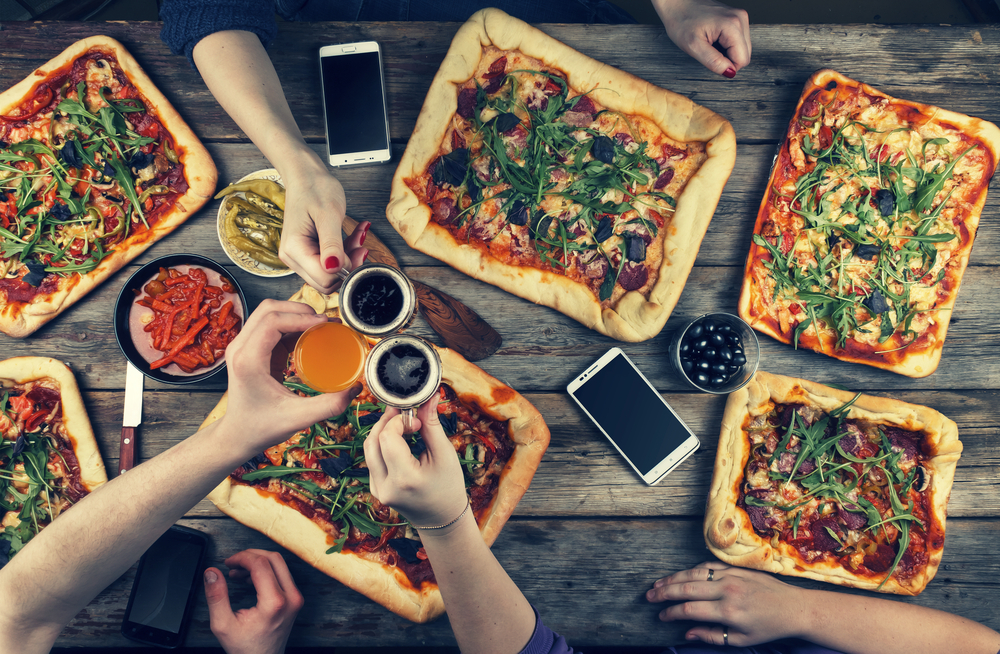
Every year, as children grow into adults and expand their palates as they experience the wider world around them, the world of foods found in markets, on menus, and in our refrigerators changes with them. Spinach salads give way to microgreens, antipasti became tapas, and fast food is nixed in favor or wholesome foods cooked at home.
As each generation discovers their tastes and expands on the previous generations food fare to accommodate new cooking techniques, lifestyles, and food trends, the food world itself expands, giving rise to new standards for what constitutes a really good meal.
For the millennial generation, the generation that grew up welcoming new technologies into their lives nearly every day is one generation that is notably different from those that came before it. When people in the past wanted to explore the foods and tastes of other cultures, they had to make their way around the world, sampling items and gathering ingredients for their long journey home. Even in the late 20th century, when America’s stores and cities were flooded with exotic foods from around the world, people had to discover which exotic recipes they wanted to try, the ingredients needed to make the recipe, and where to go to find those ingredients before they could create something new.
That was the way it went until the internet gave rise to a massive exchange of images, recipes, and food preparation techniques. Coupled with easy and inexpensive international shipping of goods, for the first time in history, people all around the world have the means to prepare any dish they desire with just a few clicks. This rapid expansion of cultural foods throughout the world in the internet age gave rise to a generation unlike any other as well; a generation that has been exposed to a myriad of food options and is excited to share their food journey with the world.
Millennials are becoming more and more involved with their food too, opting for non-GMO, locally-sourced, vegetarian-fed, grain-free, and organically produced fruits, vegetables, and meats, and their passion for food meeting their environmentally conscious standards has led to massive changes in the food industry, especially in the restaurant and personal chef communities.
Restaurants live and die by their ability to serve their patrons what they want to eat while personal chefs create meals specifically designed to reflect the dietary restrictions, lifestyles, and personal tastes of their clients. Thankfully, personal chefs like myself have the ability to change their cooking styles and menu plans every day if necessary to meet our clients’ needs.
So, what is it that millennials are interested in eating these days? Millennials are already being called the foodie generation and have been labeled “food obsessed,” taking their food experience well beyond the eating of it. For millennials, food should be a full-fledged adventure from start to finish, complete with action shots of the food that will be shared far and wide on social media sites like Instagram.
This means that not only does the food have to be impressive in its taste and innovative cooking method, but it also has to look good while doing it. As it is often said, we eat with our eyes, so presenting a culinary creation to the world that allows for full involvement – a photo, a description of the food itself, and the unique taste experience of the person eating it – is pivotal to making food worthy of the millennial palate.

